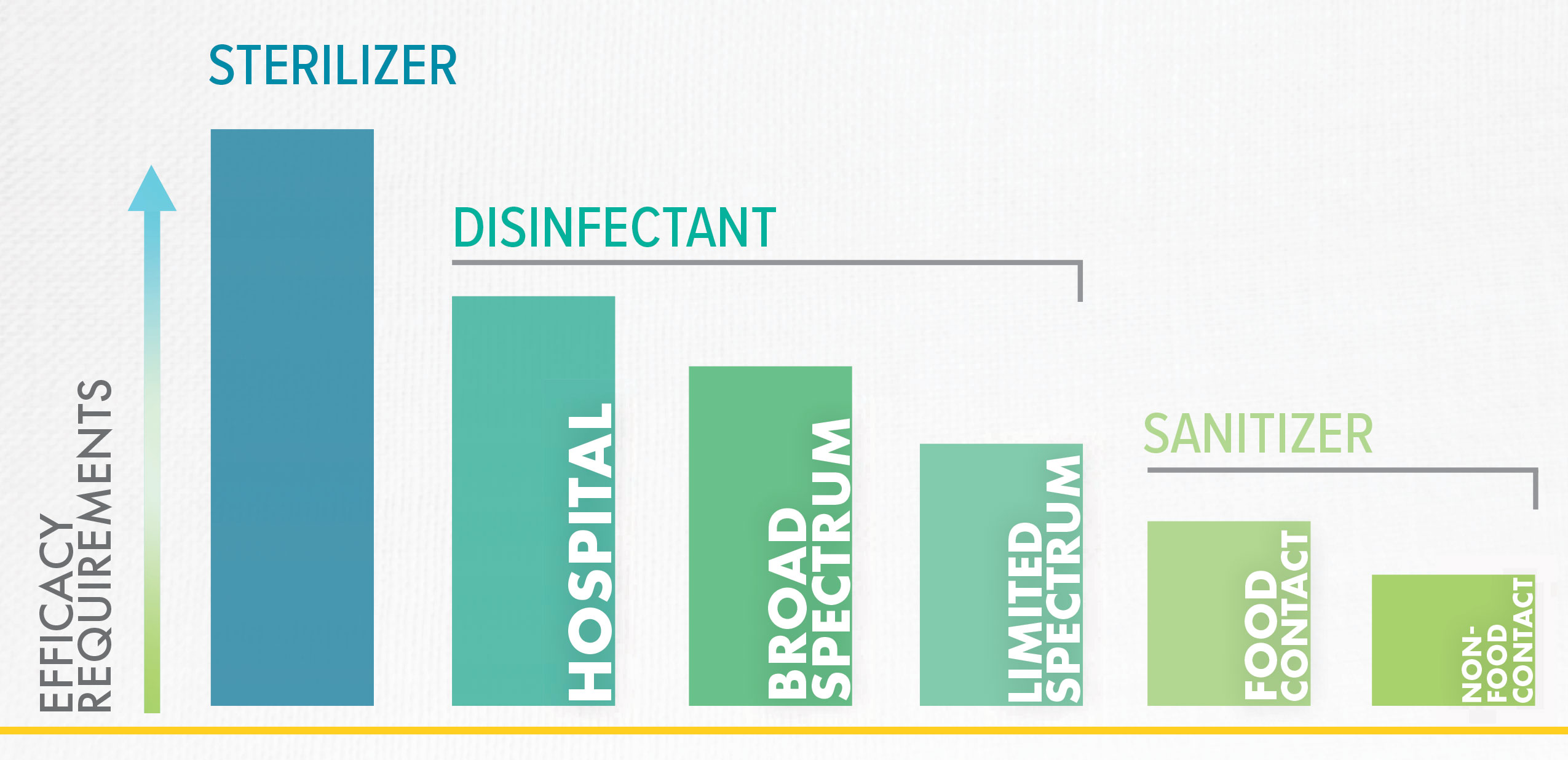Cleaning and disinfecting are part of a broad approach to preventing infectious diseases in schools, businesses and any facilities. Cleaning removes germs, dirt and impurities from surfaces or objects, while disinfecting kills germs on surfaces or objects.
Sanitizing lowers the number of germs on surfaces or objects to a safe level, as judged by public health standards or requirements. This process works by either cleaning or disinfecting surfaces or objects to lower the risk of spreading infection.
Most standard procedures for any public or private facility includes daily sanitizing surfaces and objects that are touched often, such as desk, countertops, doorknobs, computer keyboards, hands-on learning items, faucet handles, phones and more.
Immediately clean surfaces and objects that are visibly soiled. If surfaces or objects are soiled with body fluids or blood, use gloves and other standard precautions to avoid coming into contact with the fluid. Remove the spill, and then clean and disinfect the surface.
It is important to match your cleaning and disinfecting activities to the types of germs you want to remove or kill. Most studies have shown that certain viruses can live and potentially infect a person for up to 48 hours after being deposited on surface.
Always follow label directions on cleaning products and disinfectants. Wash surfaces with a general household cleaner to remove germs. Rinse with water, and follow with an EPA_registered disinfectant to kill germs. Read the label to make sure it states that EPA has approved the product for effectiveness against certain viruses.
Pay close attention to hazard warnings and directions on product labels. Cleaning products and disinfectants often call for the use of gloves or eye protection. For example, gloves should always be worn to protect your hands when working with bleach solutions.
Do not mix cleaners and disinfectants unless the labels indicate it is safe to do so. Combining certain products (such as chlorine, bleach and ammonia cleaners) can result in serious injury or death.

A sterilizer kills all bacteria and spores on environmental surfaces. Quaternaries are not sterilants since they are not effective against spores.
A disinfectant kills all bacteria on environmental surfaces.
The EPA’s definition of a “broad spectrum” disinfectant is one that has public health claims for
all three of the major classes of organisms.
Must be supported by efficacy testing against either Salmonella cholerasuis or Staphylococcus aureus.
Must be supported by AOAC Use Dilution or AOAC Germicidal Spray efficac testing against Staphylococcusaureus, Salmonella cholerasuis and Pseudomonas aeruginosa.
A sanitizer reduces bacteria on environmental surfaces to a level that is considered safe by public health organizations.
Please tell us a bit about yourself to get started.
22 Creek Circle
Boothwyn, PA 19061
800-541-5855
499 Running Pump Road
Lancaster, PA 17601
800-541-5855
© 2025
| Designed with by FWM